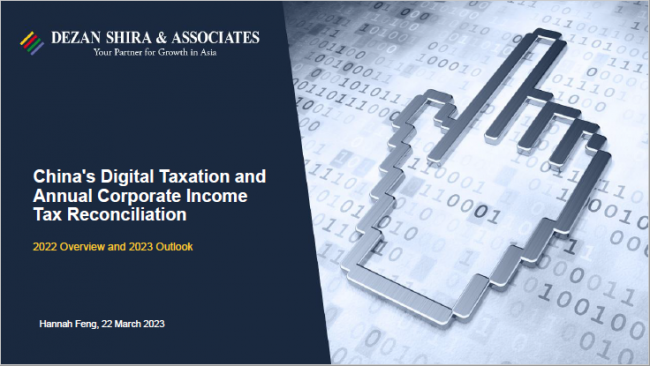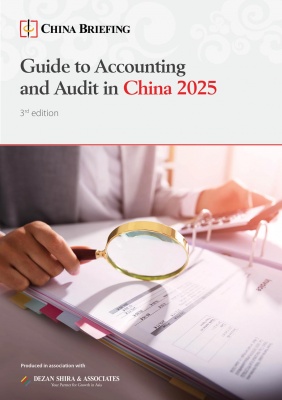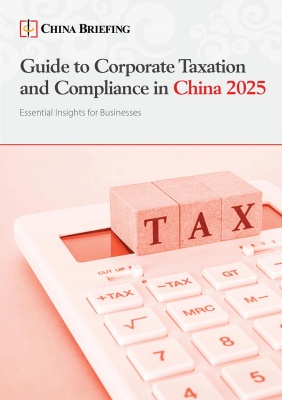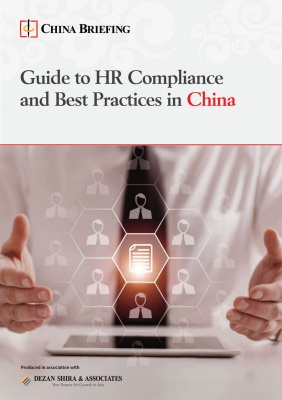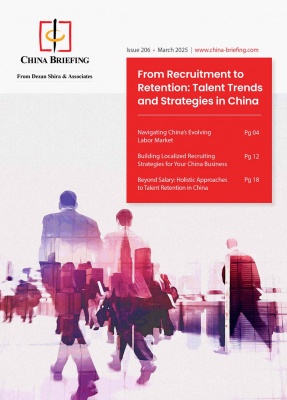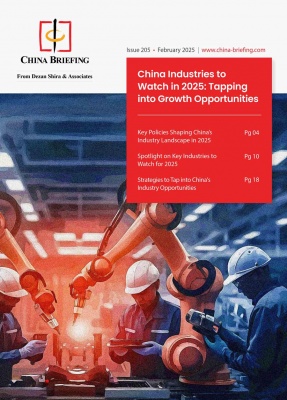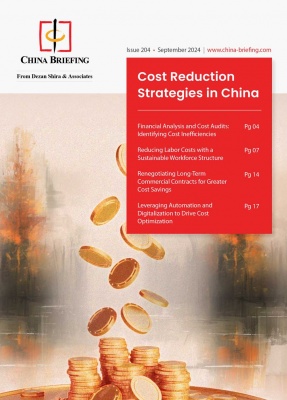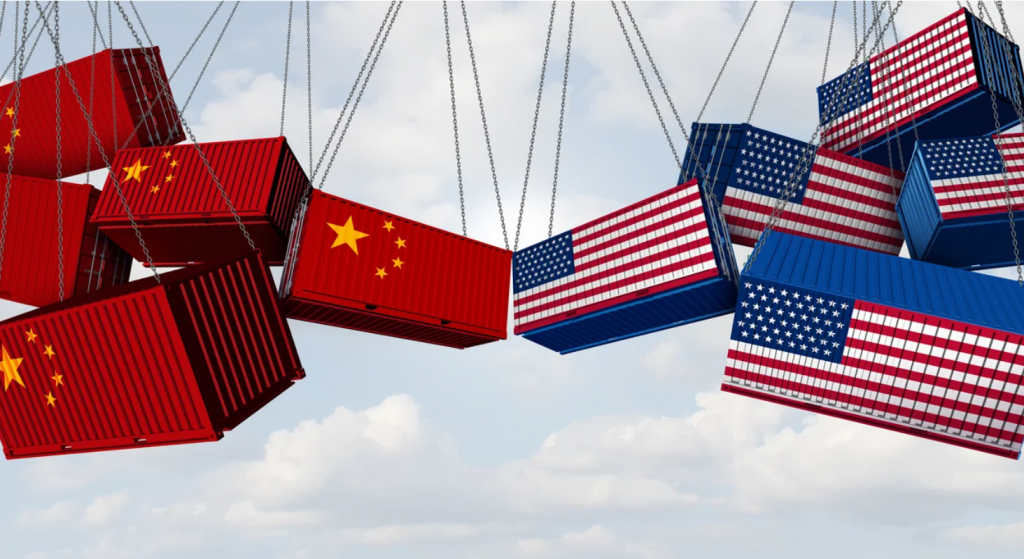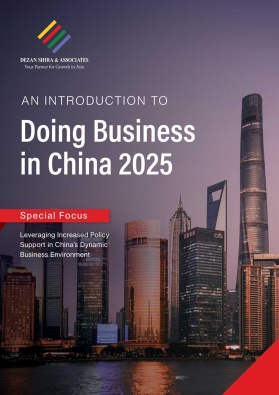Will Trumps’ New 145% China Import Tariffs Increase China’s BRICS Trade?
The US President, Donald Trump, has raised import tariffs on Chinese goods by an astonishing 145 percent from today, April 9. The move comes after China raised its tariffs on US goods by an additional 84 percent two days ago in response to the original tariffs Trump had placed on Chinese imports by the same amount last week. The moves are unprecedented. A full list of the new US tariffs by country can be seen here, however, the tariffs levied upon China are by far the most extreme.
Understanding what this means requires looking into China’s bilateral trade data and especially its export make-up as there are knock-on effects that could well – depending upon how China wants to handle this situation – impact Russia and almost certainly the BRICS.
In fact, the United States is not China’s primary trade partner. The US is actually in third place behind ASEAN and the European Union. These are the 2024 trade statistics, courtesy of the Chinese Customs Administration.
| China’s Total Export & Import Values by Country/Region, December 2024 | ||||
| Region | Total trade (US$, billion) | Imports (US$, billion) | Exports (US$, billion) | Export growth rate (%) |
| Global | 6,162.3 | 2,585.1 | 3,577.2 | 5.9 |
| ASEAN | 982.3 | 395.8 | 586.5 | 12 |
| European Union | 785.8 | 269.4 | 516.5 | 0.5 |
| United States | 688.3 | 163.6 | 524.7 | 2.8 |
| Latin America | 518.5 | 241.5 | 277.0 | 46.8 |
| Africa | 295.6 | 116.8 | 178.8 | 6.1 |
| Russia | 244.8 | 129.3 | 115.5 | 4.1 |
There are some key observations within this data. First, China’s exports as a total grew by 5.9 percent over the course of 2024, while its exports to the United States grew below that average by just 2.8 percent and to the European Union by even less at just 0.5 percent. This means that China has been exporting more goods to more non-Western countries than in the previous year. It is, in other words, diversifying its export markets. This is a key issue when it comes to considering China’s options as concerns handling its trade balance with the United States.
While Trump sees the main tariff issue as a financial issue, China will see it as an overriding stability issue, meaning the political perspectives differ between the two. Maintaining social stability is a key issue for Beijing. China has a population of 1.4 billion and a 2024 unemployment rate of just 5.1 percent. China must have social stability, and this also means in trade. If issues happen that disrupt this, then China needs to find solutions. Should a market the size of the United States prove itself to be volatile – and Trump waged a tariff war on China in 2018 – then Beijing needs to find solutions to this. Manufacturers need to have stable markets or employment issues, and catering for production becomes far more difficult to predict – and protect.
The keys to what China could do actually originate with Russia’s recent experience. Three years ago, the European Union was Russia’s largest trade partner. Today, the European Union is not among Russia’s top five trade partners. It has been replaced by trade with other countries, a process that Russia had prepared for, did create some supply chain difficulties, yet was accomplished in about two years.
The same situation applies to China and the United States. Bilateral trade last year was US$688.3 billion, of which US$524.7 billion were Chinese exports.
Yet, combining the non-US total exports that China processed last year to the rest of the world, the figure comes to just over US$3 trillion. If China were to increase its exports by 8.5 percent per annum to all non-US markets, it would theoretically absorb its total exposure to the US export volume in just two years. There is precedence – China’s exports to the ASEAN bloc rose by 12 percent last year, with significant gains also in Latin America, Africa, and Russia. China-BRICS trade alone is now worth over US$1 trillion per annum.
While a two-year timeframe may be difficult to achieve, a three/four-year timeframe is more within the realm of achievability. It is hard to imagine China-US trade being close to zero. Yet, with a recalibration of its overseas trade mechanism, it is an objective that China could pull off. After all, it has invested an estimated US$1.75 trillion into its Belt and Road Initiative – specifically designed to secure multiple supply chains to China to cater for any future supply chain problems. Many of those are now operational and can be utilized to redirect what would have previously been US exports to alternative markets. Crucially, China’s Belt and Road Initiative never extended into the United States and was rebuffed by the EU.
The US economy was estimated to grow at about 1.7 percent this year. That may even be reduced, given Trump’s tariff adventures. But China is growing at five percent, India is rocking along at nine percent, Russia is set for four percent, while other selected economies in Latin America, the Middle East, and parts of Africa are also experiencing rapid growth. China is extremely well positioned to align itself with these. The issue that the Trump administration may not have factored in, given the vice president’s description of the Chinese economy as being made up of ‘peasants’ is that those peasants have an urbanization rate of 67 percent today and will equal the US rate of 80 percent in the next five years.
Washington should be concerned: China’s Pivot to the Global South may become a real problem for the United States should Beijing decide to take that option. With Beijing wanting access to trade stability and not Trumpian unreliability, that is more likely to become a new trend than not. China’s export growth, the emergence of the BRICS and global consumer markets, and the new supply chains opening up with the Belt & Road Initiative all point to China’s extensive planning about to come into timely operation.
The issue is not the tariffs’ impact upon China. The deeper issue is the impact on the United States, especially if China should redirect its exports to more reliable markets.
Meanwhile, China-based exporters should be looking at where alternative export capacity exists. ASEAN, the BRICS in general and the global south are all primary areas for absorption.
- Previous Article EU-China Relations After the 2024 European Elections: A Timeline
- Next Article US Trump Tariffs: Key Implications for China’s Ultra-Fast Fashion







